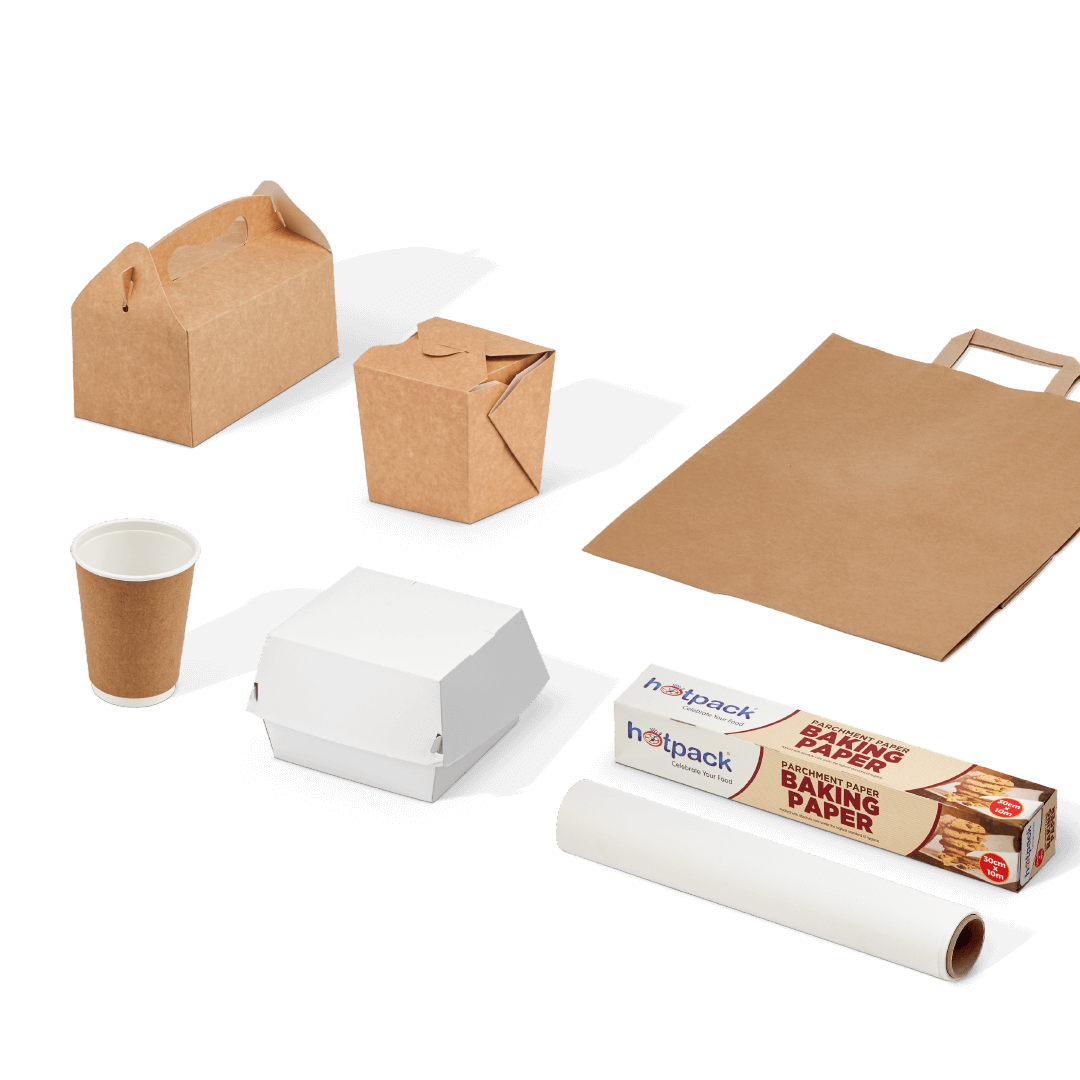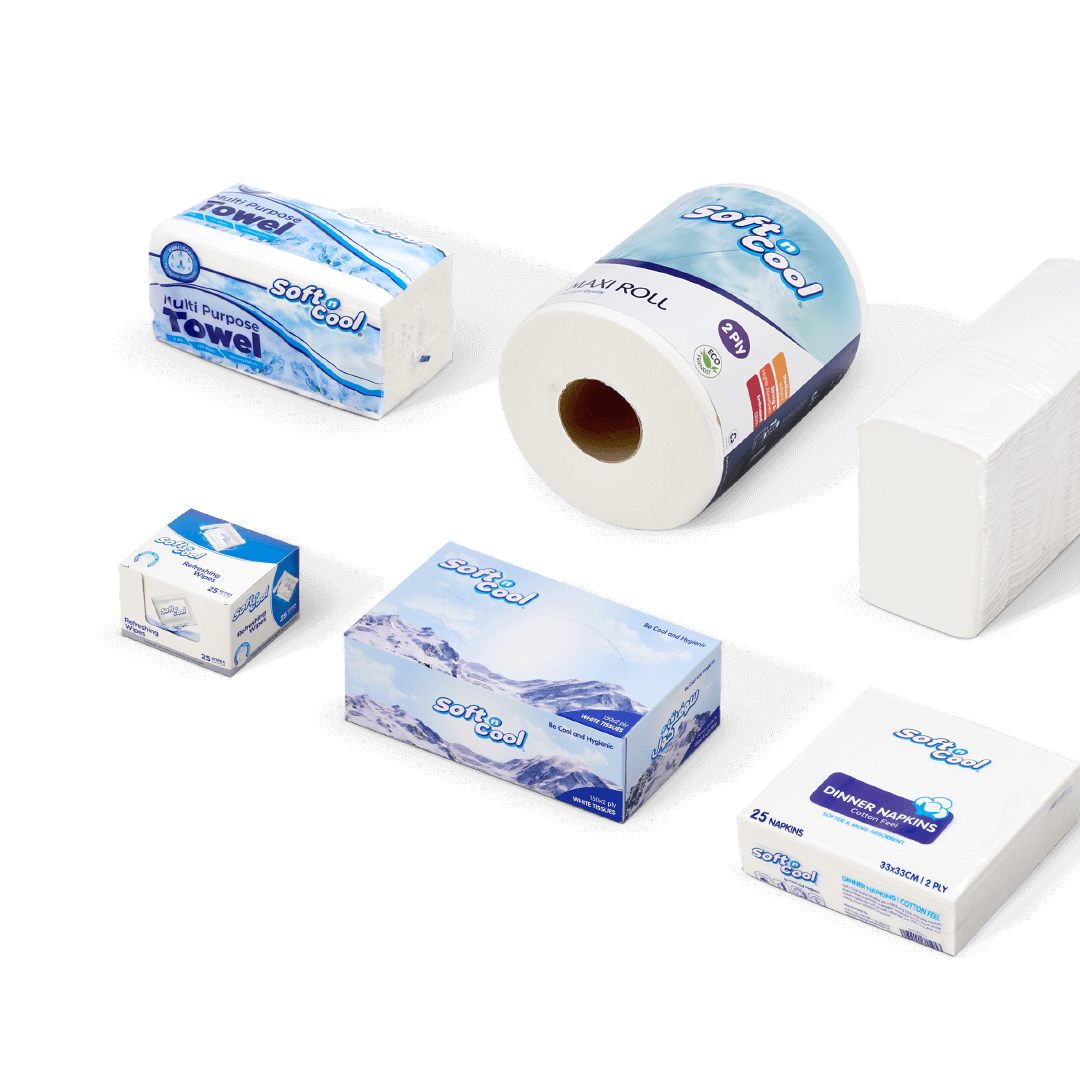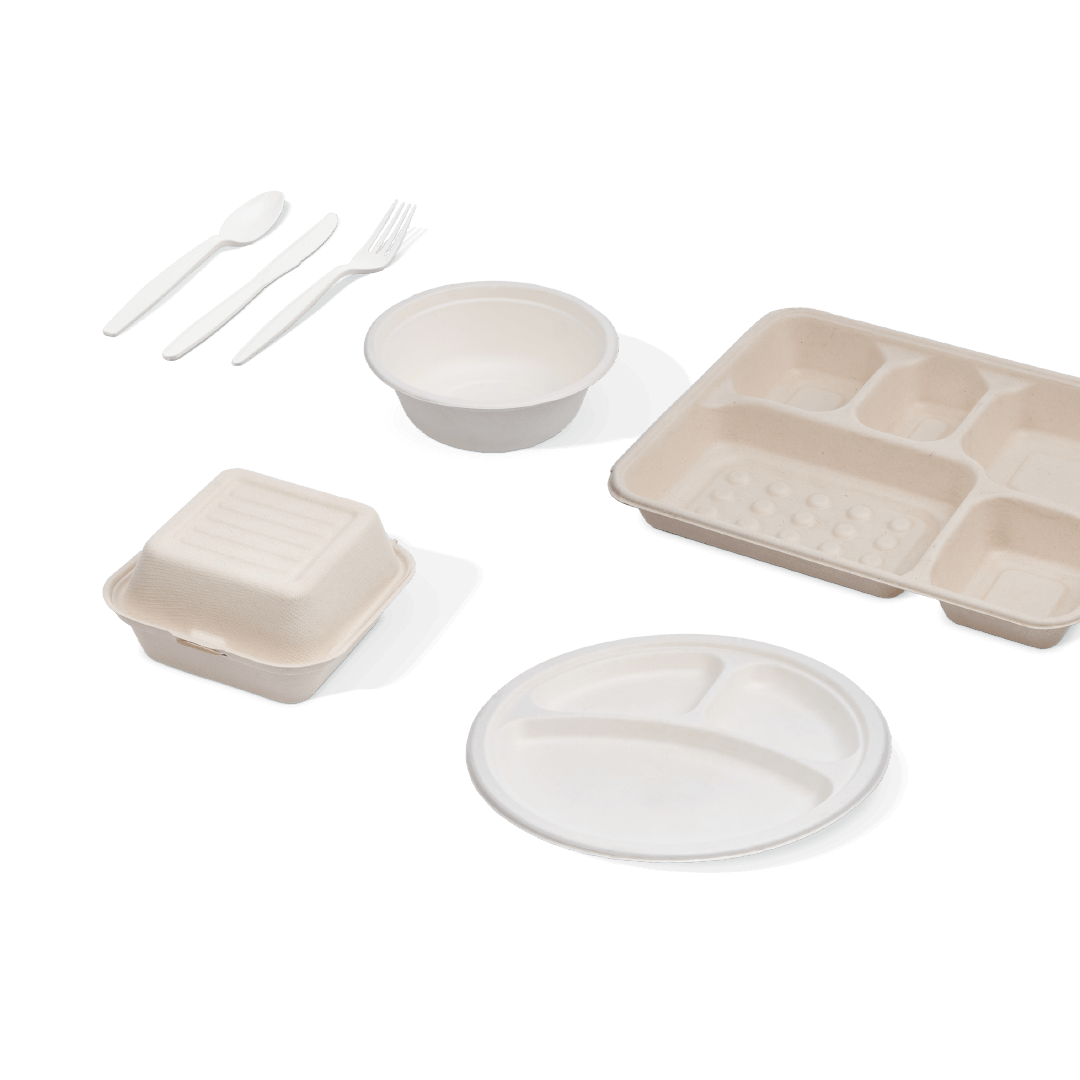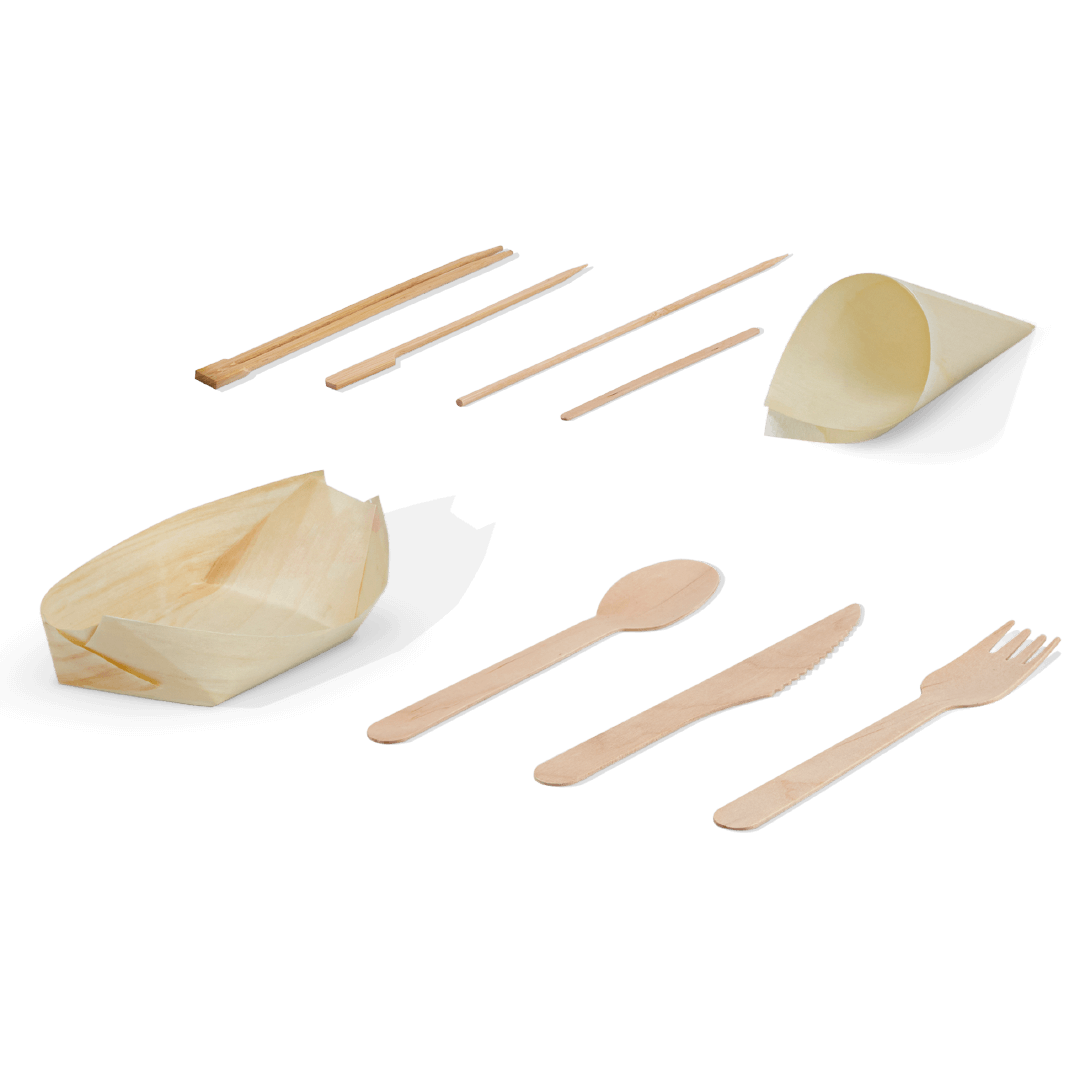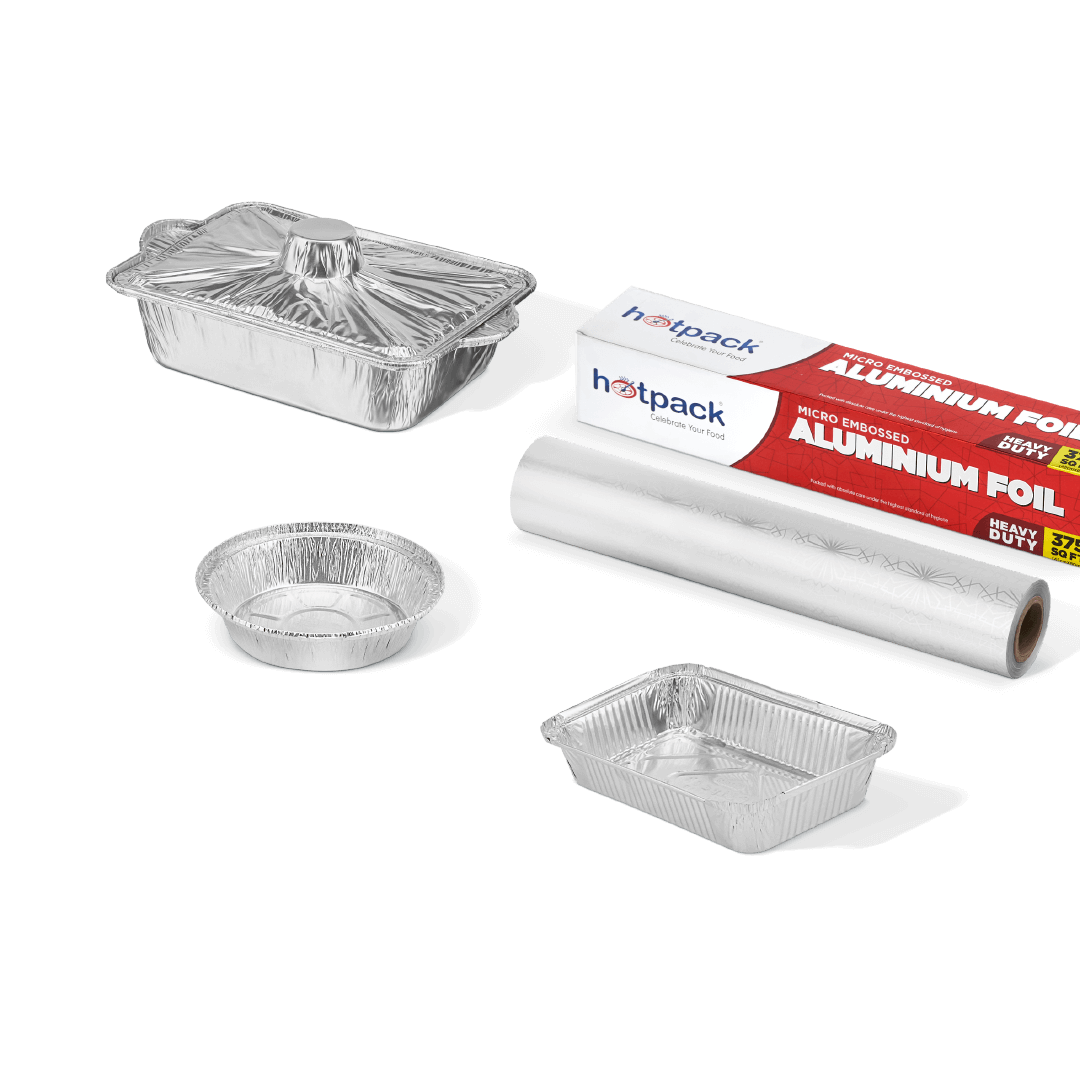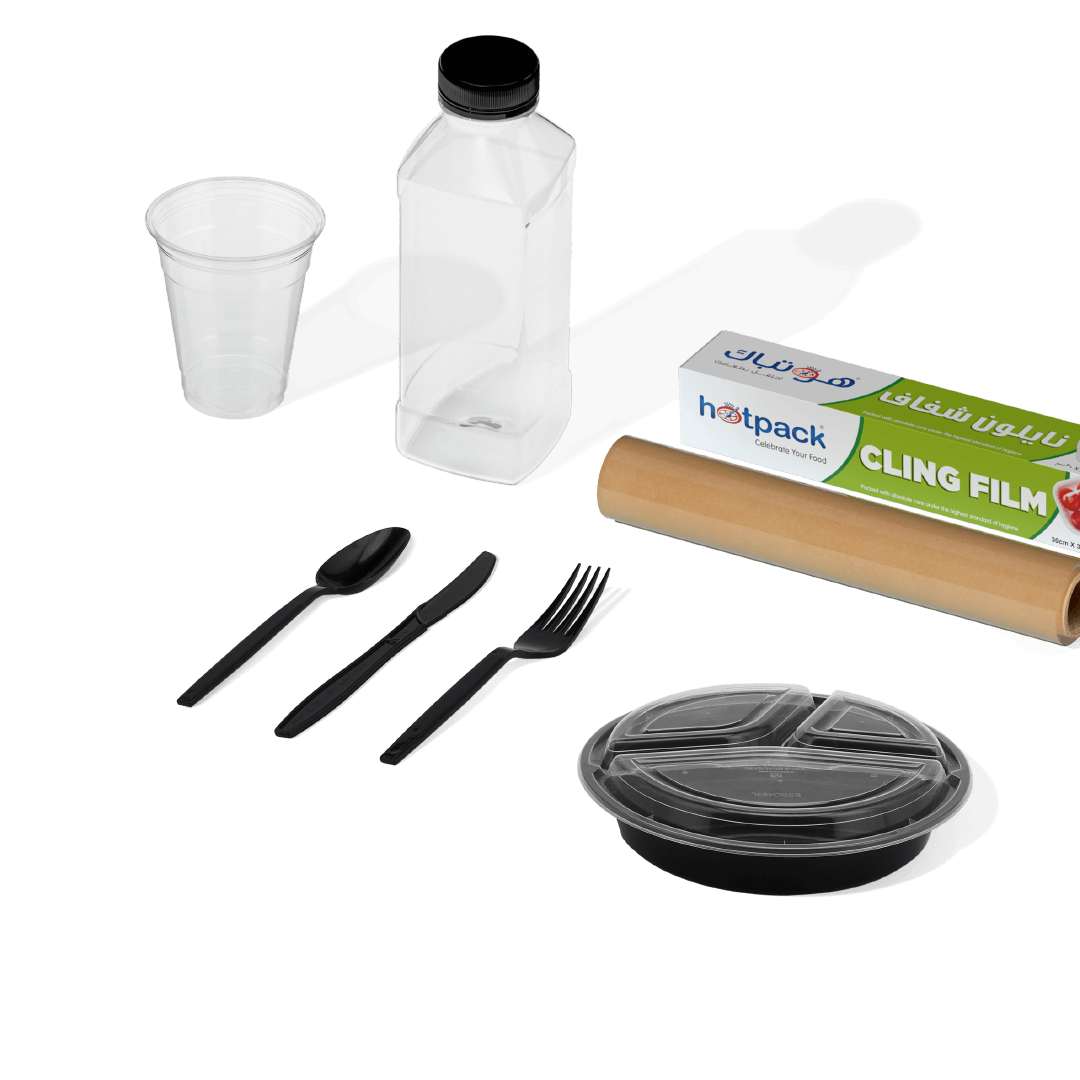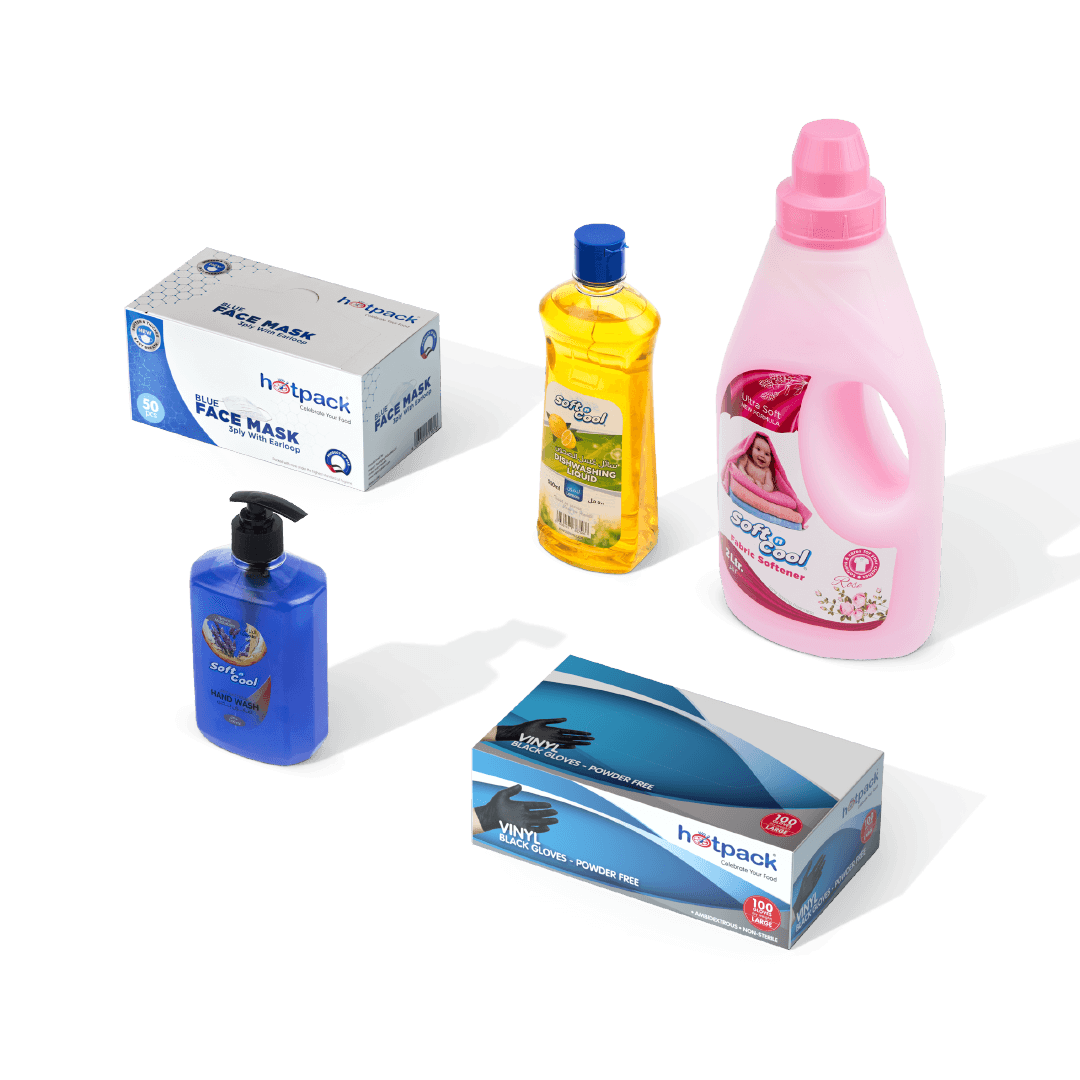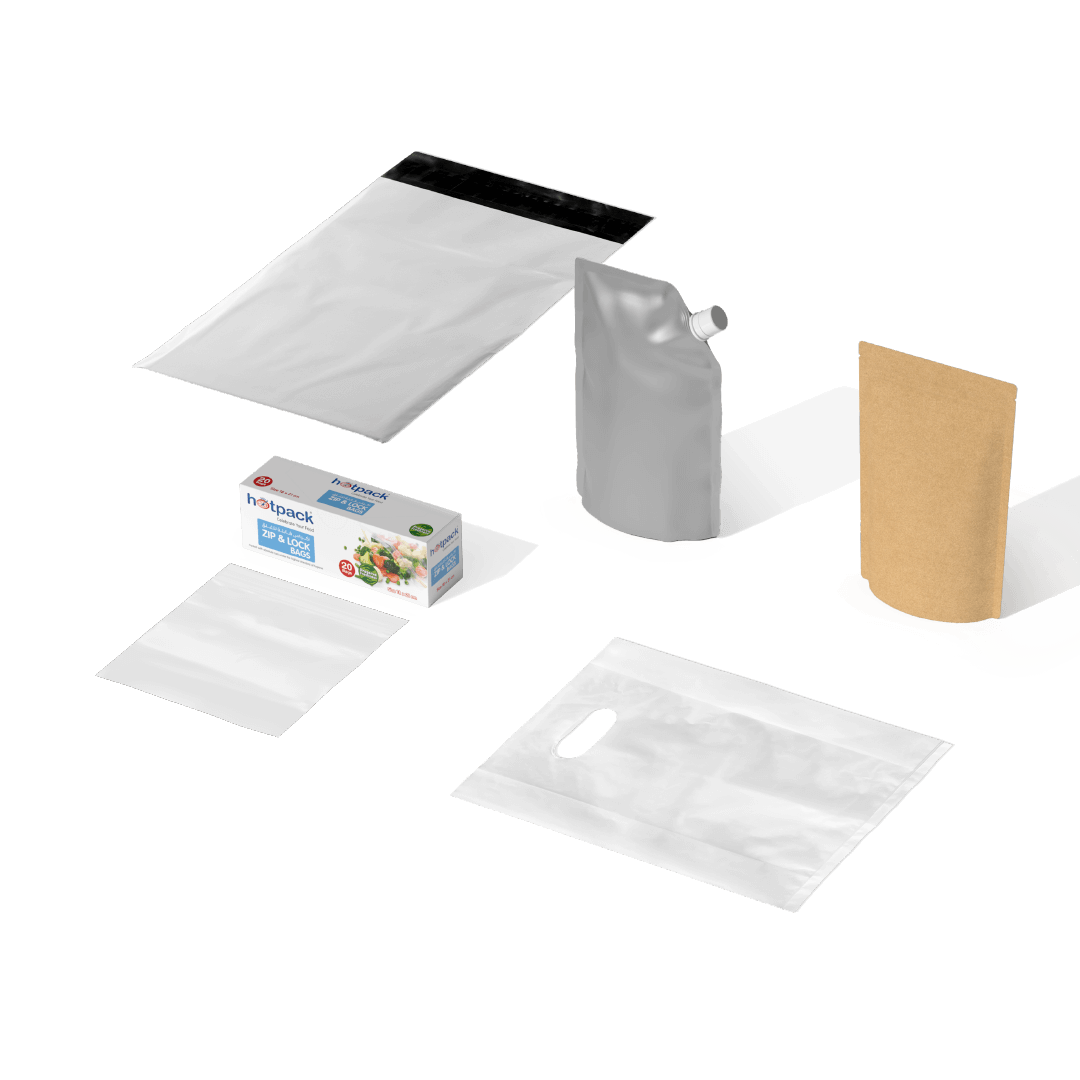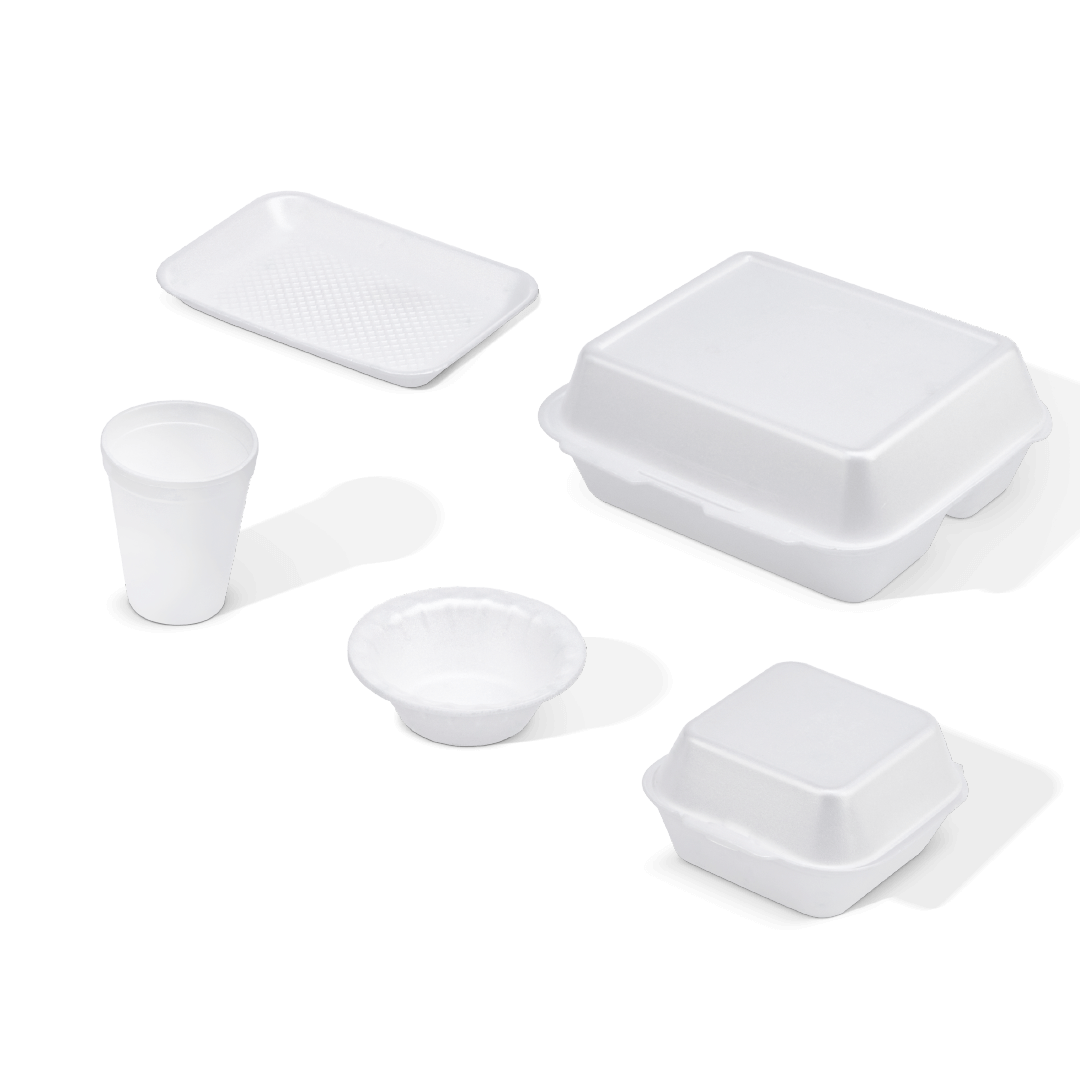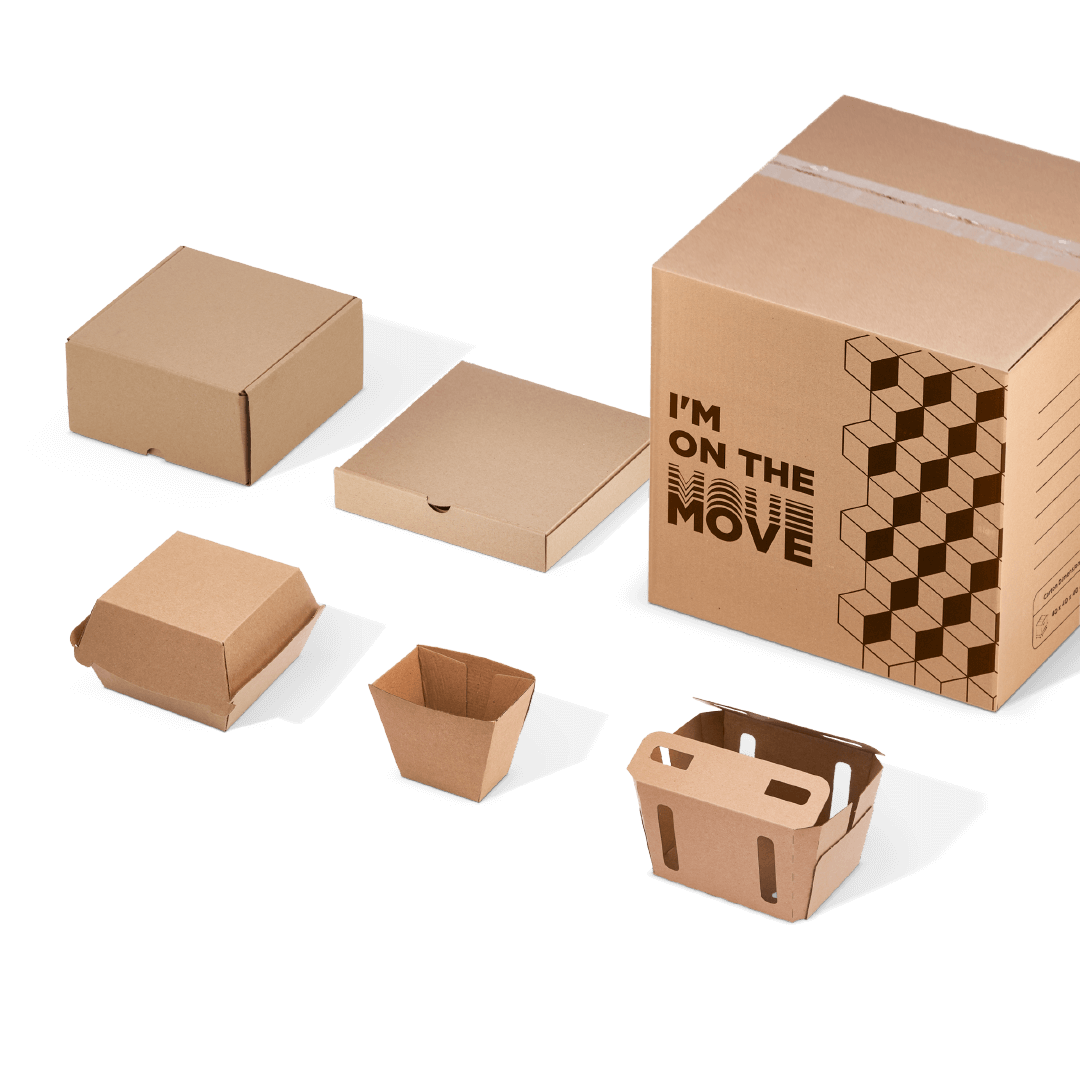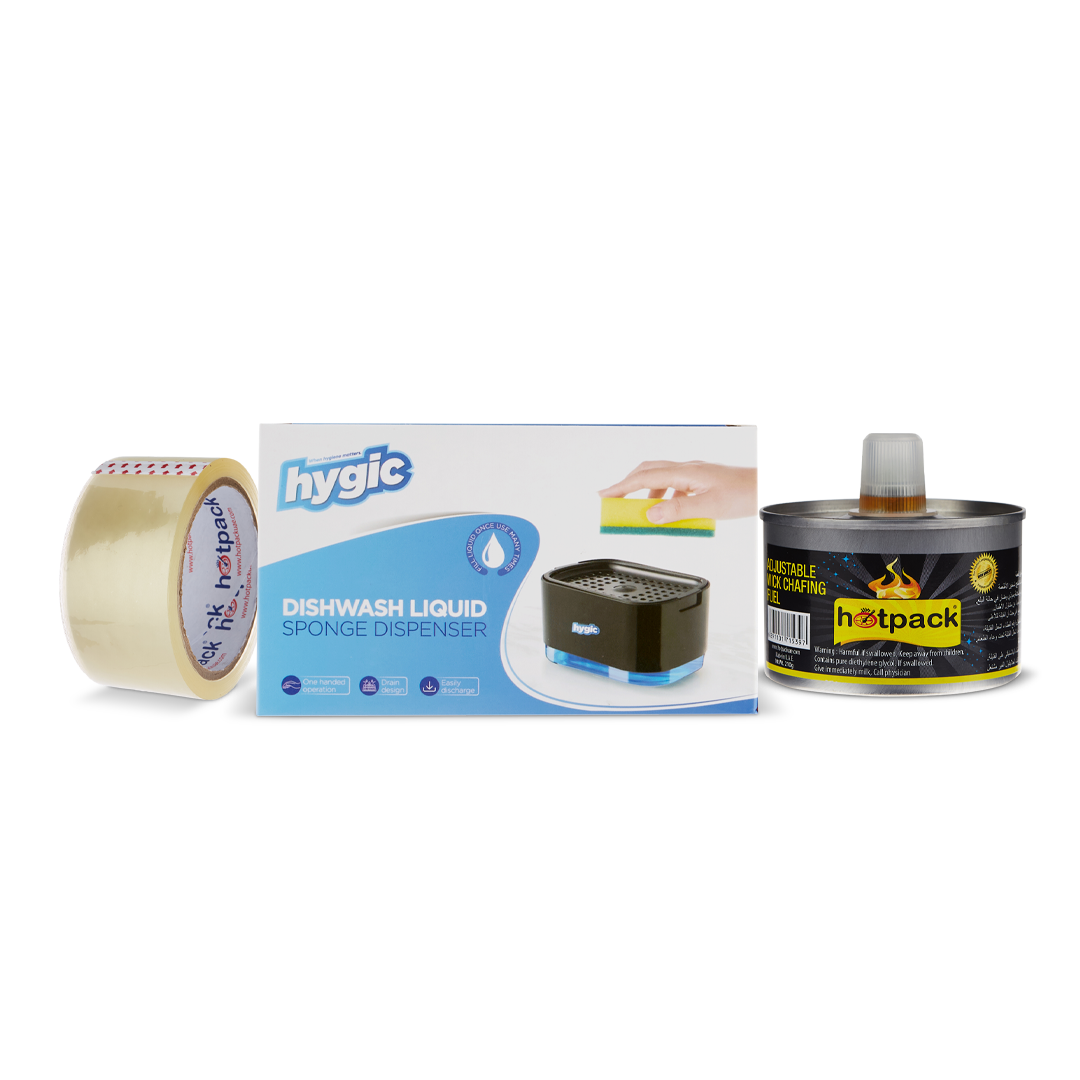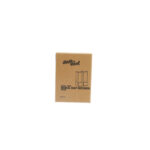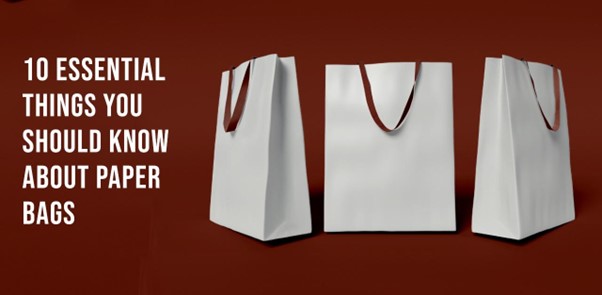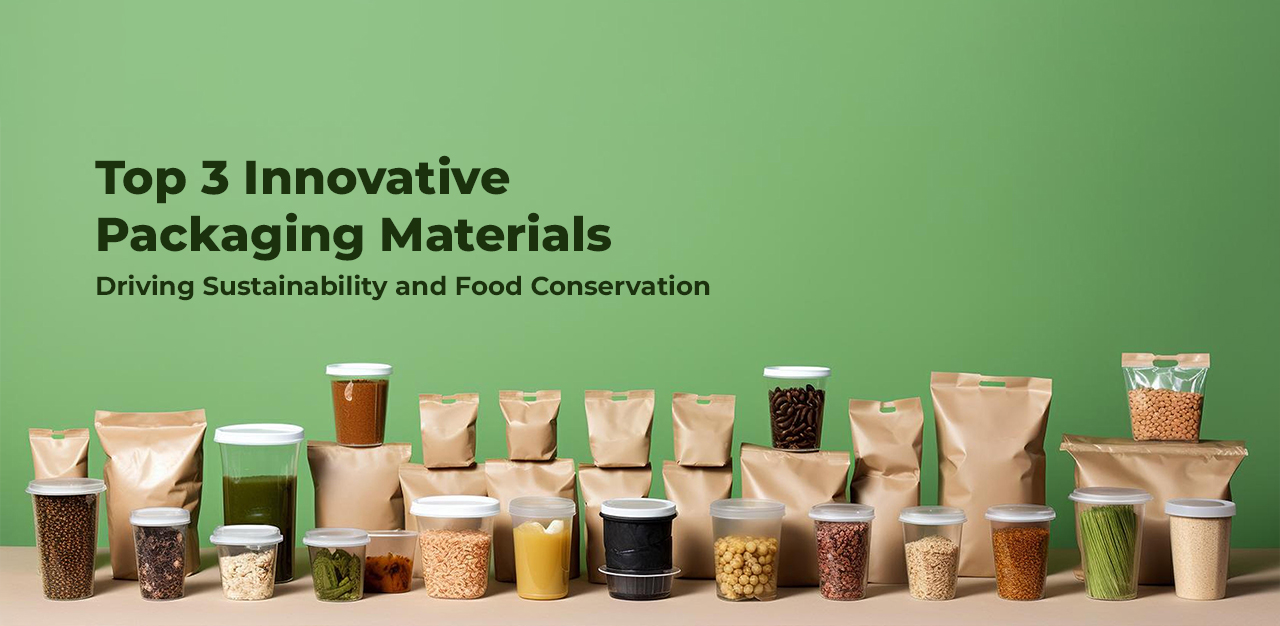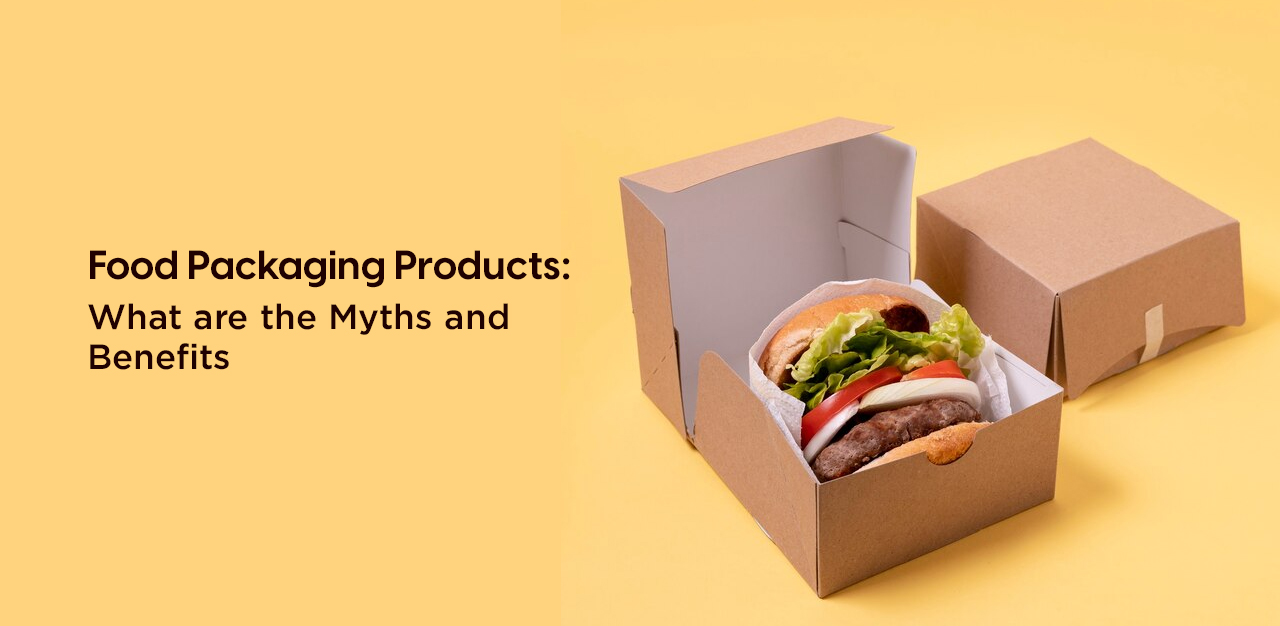Trees and plants provide the primary raw material for paper in the form of wood pulp or cellulose fibres. Paper may also be created from other materials, including cotton, hemp, or straw. Whether you plan to use paper bags or not, it’s essential to know a few facts about them.
You can learn all you need to know about paper bags when you buy brown paper bags online, from their production to their uses to their disposal. Gather more facts by reading the list of FAQs that this post has gathered into exciting facts.
- Do you think paper bags are superior to plastic ones?
To avoid contributing to landfill garbage, which is terrible for the environment, it’s preferable to use paper bags instead of plastic ones since they can be composted or biodegraded. Plastic bags have greater tensile strength and may hold more weight for the same price.
- Where do paper bags find their most common application?
Paper bags with handles are helpful in various settings, such as shopping bags in stores, takeout containers in restaurants, and storage containers for many other items. Paper bags without handles, often known as SOS Paper Bags or Grocery Paper Bags, may transport groceries, bottles, and lighter merchandise. - What are SOS Paper Bags, you ask?
Self-Opening Satchel Paper Bags, or SOS for short, is a typical kind of paper bag. These paper bags are more accessible to open than others since they lack a handle and often feature a “thumb-cut” on one side.
- Is it true that brown paper bags are better for the environment than white ones?
Paper bags are often created from virgin material and then bleached white for display reasons, whereas Brown Paper Bags are typically made from recycled content (sometimes up to 100% recycled content). There are fewer new trees cut down when there is a higher percentage of recycled materials.
- Can one tell whether brown paper bags are stronger than white paper bags?
Compared to White Paper Bags, which may be created using Virgin Pulp (a more robust raw material), the strength of Brown Paper Bags is reduced due to their recycled portion.
- Why are paper bags less desirable than plastic ones?
Instead of being waterproof like plastic bags, paper bags are not. Paper bags are bulkier than plastic ones and need more room when not in use. The cost of paper bags is higher than that of plastic ones.
- Is putting my company’s logo or other design on paper bags an option?
Yes, every paper bag, whether a paper bag with handles, an SOS paper bag, or a paper bag with Windows, may be personalized with a unique design, logo, or other text.
- Can the paper bags’ length, width, and height be customized?
The industry maintains standard length, width, and height dimensions for paper bags, while smaller and larger sizes are possible. Automatic machines produce items in standard sizes, whereas custom sizes that are not easily reproducible must be made by hand.
- When it comes to weight, how much can be stored in a Brown Paper Bag?
Varied paper bag sizes and materials have different weight limits. The carrying capacity of Brown Paper Bags (also known as Grocery Paper Bags) is a standard identifier in the retail industry. For instance: If a bag is labelled “20 LB Paper Bag,” it can support up to that much weight.
- Can you compost paper bags?
For many reasons, paper ones are more environmentally friendly than plastic bags.
Unless they include a lining or a plastic film window, paper bags are generally considered biodegradable in industrial compost.
Other Things to Know About Paper Bags
Paper bags promote a circular economy and reduce the need for new raw materials to be created for creating new bags since they biodegrade more quickly than plastic bags and can be recycled or reused.
- Paper bags: brown or white?
Considering the raw material and final use, recycling paper is preferable to composting it since the recycled content may be reused in another paper-based application. In contrast, the new pulp is required for Paper manufacturing. In other words, when the paper is composted, it no longer participates in the supply-and-demand cycle.
- Cost of paper bags.
Size, raw materials, manufacturing quantity, factory location, and standard or bespoke printing all play a role in the final pricing. Paper bags of various sizes may be purchased on average between US$0.04 and US$0.90.
- What kind of material constitutes yard waste bags?
High tensile strength paper, often double walled for increased durability, is used to make yard waste bags, also known as lawn leaf bags.
- What are paper bags constructed from?
Paper Bags are often crafted from recovered paper that has been processed at a paper recycling factory. Paper Bags, if not constructed from recycled materials, are produced using a renewable resource: virgin pulp derived from trees.
- Can paper bags be reused?
Paper bags may be reused as long as their structural integrity remains intact if handled with care. Paper bags are convenient since they can be folded and stored away for later use.
- If you’re looking for paper bags, where can you find them?
Paper bags are available from a wholesale paper bag supplier for SMEs. Companies with substantial paper bag needs may go straight to the source and buy from a paper bag manufacturer.
- The possibilities for obtaining paper bags with handles
Paper bags feature various handles, such as a flat handle, a twisted handle, a die-cut handle, a rope handle, or a ribbon handle.
- How important is it that the handles and the bag be the same colour?
If you’re worried about the handle matching the paper bag’s colour, don’t be.
Conclusion:
Order paper bags online with any number of companies in the market, which can be done in person or online. If you want your company to succeed more, you can’t skimp on the quality of the paper bags it uses for packing.

